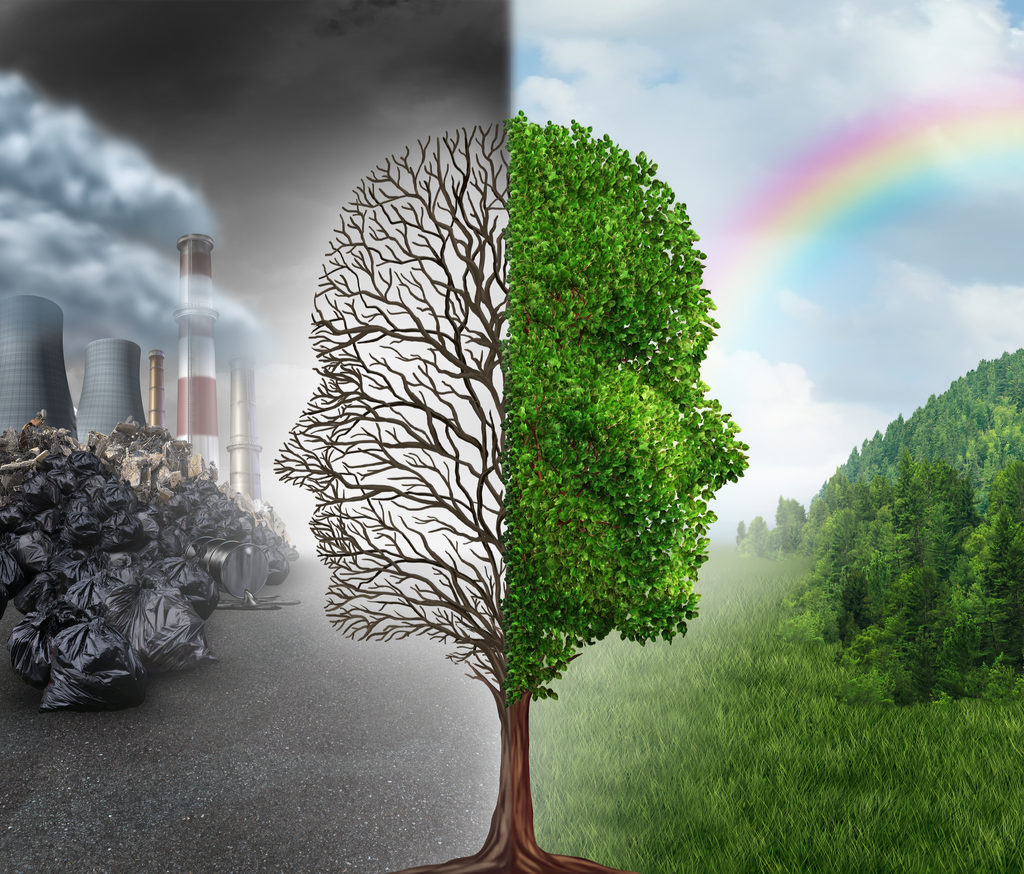Introduction
When trying to undertake a task in the workplace I am always a great fan of structure. Rather than picking ideas out of my head in a random sort of way it is better to have some formalised approach. This then avoids missing something that should have been covered.
When it comes to environmental risk assessment it is important to have such a structure to assist in correctly identifying how an activity can cause harm to the environment and where it is best to implement control measures. Let’s then take a look at my old friend Source – Pathway – Receptor or SPR for short! The SPR approach is something that I and I imagine many other environmental practitioners use on a regular basis. It is fairly straightforward to understand but it is extremely useful all the same. A useful addition to the environmental practitioners armoury I think!
Creating the link (assessment)
What we first need to consider is creating a link between the source and the receptor. If we cannot create a link then the activity that we are considering is not polluting as it does not cause harm to the environment. Take the example of a noisy manufacturing site. If this is in the middle of a large industrial estate with no housing for miles around then we can not create an SPR link as there is no receptor. For something to be a pollutant therefore we must be able to prove that all three of the SPR elements are present.
Source
The source of pollution is the activity that leads to the pollutants being released. Sources could be numerous, but examples could be a car exhaust emitting pollutants to the atmosphere, spillage from an oil drum into a drain, a contaminated area of land or run-off of pesticide from a field. To identify sources we need to have a thorough way of determining what activities are occurring in the area of interest that could cause pollution so tools such as process flows, site inspections and task analysis are all useful.
From a control perspective source initiatives are usually the best. These would incorporate controls techniques such as elimination of the source, or substitution with a less hazardous material or storing less of a polluting substance. They are initiatives to eliminate or reduce the amount of a polluting substance that is released into a pathway.
Pathway
The pathway is the part of the environment that a pollutant travels along on its journey towards the receptor. Again, the pathway will depend very much on the source and the environmental conditions within which it is released. Often, there is more than one pathway. For example if we spill a dangerous liquid substance onto the ground the land and water in a nearby river are both pathways.
It is important when determining pathways to understand the condition of the environment into which a pollutant is being released. For example, if we spill our dangerous liquid onto a soil that has a high clay content then it is unlikely the substance will find its way through the ground and into the nearby river, as clay is impermeable to liquids. However, if the liquid is spilled onto a sandy soil then the substance would present a very high risk of polluting the river, as sand is permeable to liquid substances.
A pollutant may also change its form when released into the pathway through physical and chemical reactions to form other secondary pollutants which maybe greater or lesser harm to the receptor than the primary pollutant. To help determine a pathway then it is important to understand what impact the environment will have on the ability of a pollutant to travel from the source to the receptor.
Pathway controls measure involve carrying out an action that stops the pollutant travelling from the source to the receptor. Pathway controls are usually not quite as good at controlling pollution as source controls, but are certainly much better than receptor controls. Examples might include building secondary containment around a diesel tank or constructing a wall to abate noise.
Receptor
The receptor is the thing that is being harmed by the source so it could be humans, trees, fish, invertebrates, mammals and even non-living items such as a rare monument or building. Understanding what receptors could be affected by a pollutant is important and is undertaken in numerous ways such as via ecological surveys or simply checking maps.
Receptor controls are the last line of defence. The pollutant has already made its way to the receptor and therefore it is a matter of mitigating the damage in most cases. An organisation may use receptor controls as backup measures just in case a problem occurs with source and/or pathway controls. It should not solely rely on pathway controls as the only line of defence.
Final Note
The SPR model provides a dual function for an environmental management professional. It provides a standardised approach to determining environmental risk and forms a framework for pollution control. It is something that we should all have in our armoury to assist our organisations in improving environmental performance.
John Binns BSc (Hons), MSc, MISEP (formerly IEMA)

With over 19 years’ experience working in environment management, John Binns BSc (Hons) MSc MISEP (formerly IEMA) is an experienced environmental tutor and consultant with knowledge of health and safety management.
